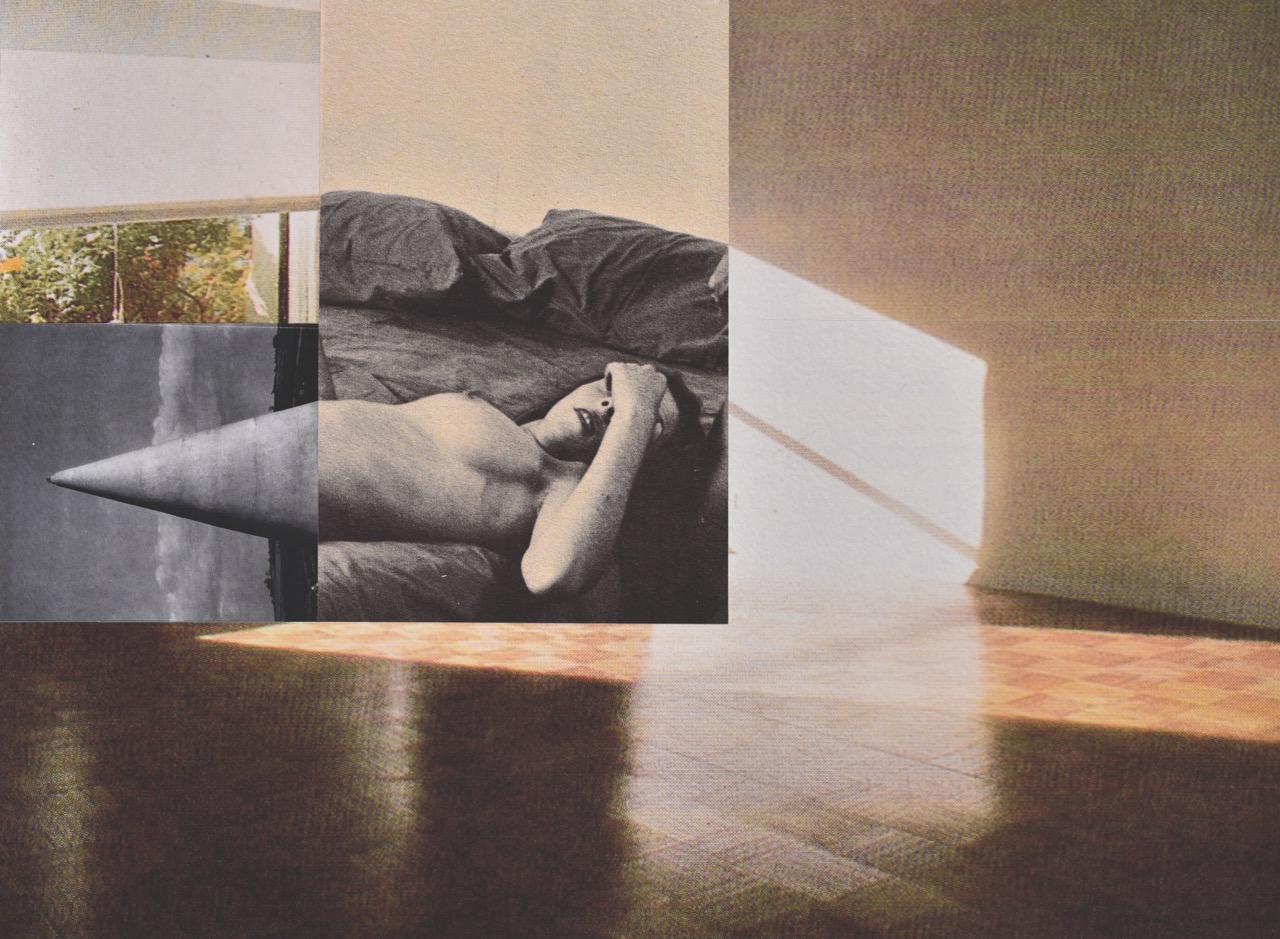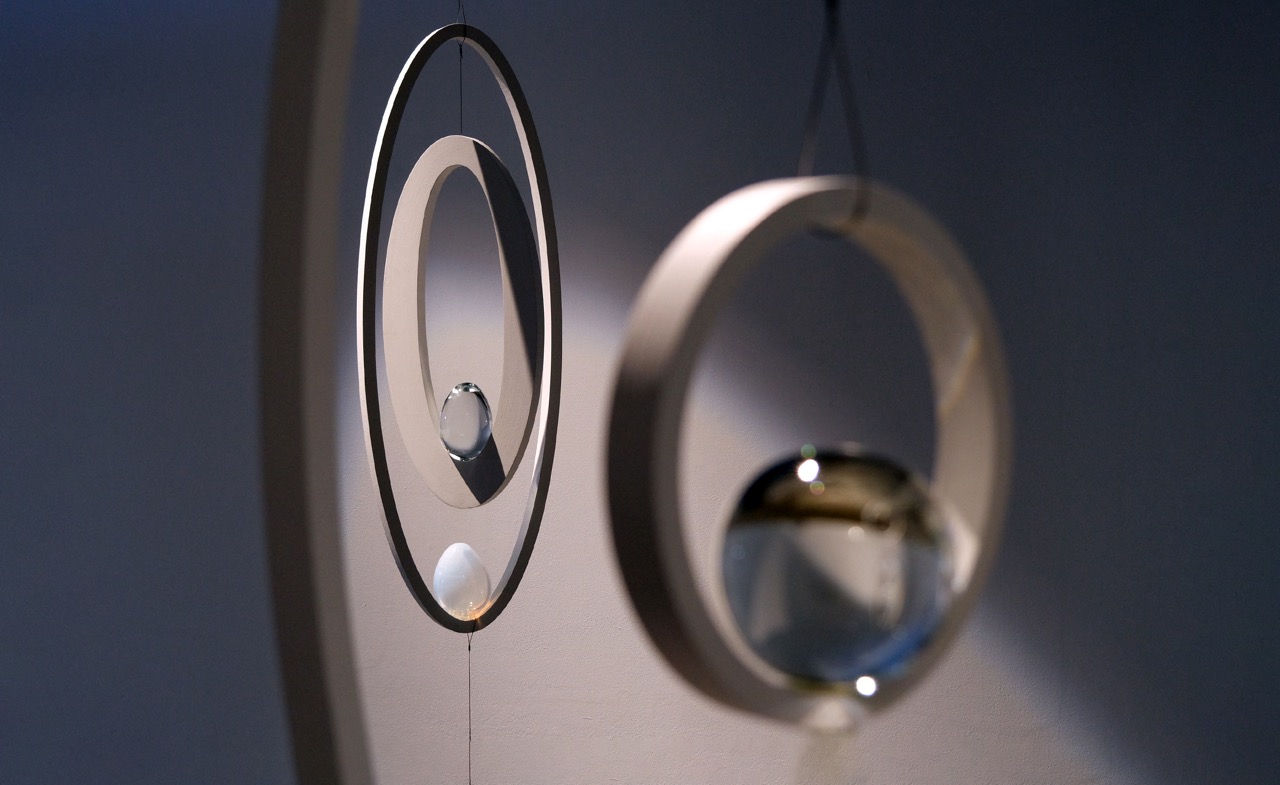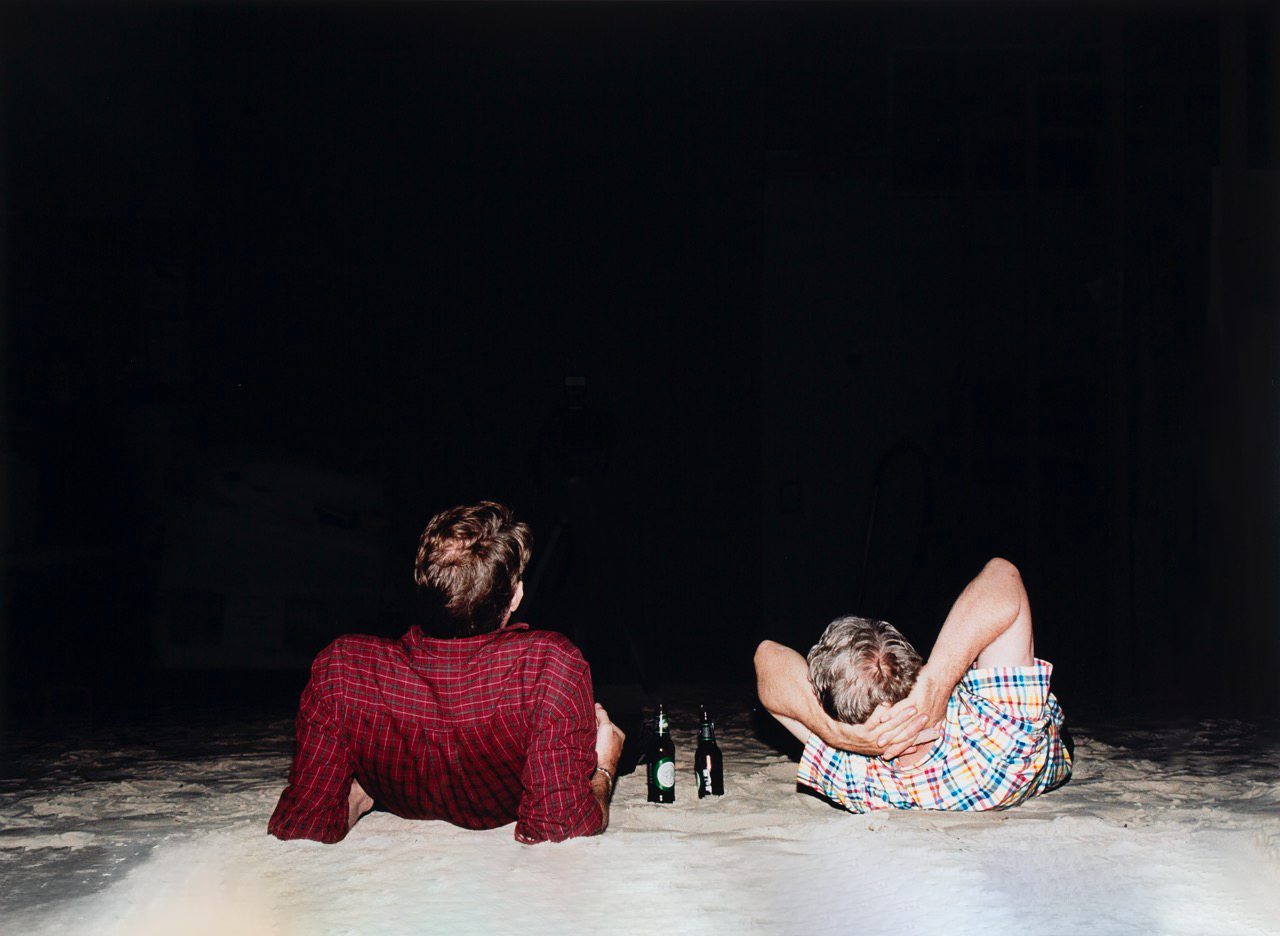Sonic Threads // Jazz, Drums and Song

Rhythms weave and cultures are entwined across an evening of diverse music from three ensembles.
The Balkan Ensemble knits dance rhythms and drone textures with free improvisation in bold folk music. Our West African Drum Ensemble shapes music with their bare hands, creating powerful vibrations with the djembe drum, layered with song in the Wolof language. The Jazz Orchestra twists jazz with Indian music traditions, and plays with the interweaving melodies of swing and Latin rhythmic feels.
Program
Balkan Ensemble
The Balkan Ensemble explores songs and instrumental pieces drawn from several countries within the Balkan Peninsula, including Bulgaria, Greece, Macedonia & Serbia along with music that has cultural links to the Balkans.
One of the characteristic features of Balkan music is the use of additive rhythms and you will hear common dance rhythms including 5/8, 7/8 and 11/8 during the concert. Traditional performance of this music includes the use of drone textures and free improvisations preceding metred works, and improvisation is a key feature of our performance practice in Balkan Ensemble. The repertoire will also include examples of modern Bulgarian choral arrangements of traditional songs, utilising the striking vocal quality for which Bulgarian folk singers are famous, performed by the full ensemble.
The arrangements of these songs have been developed co-operatively by the ensemble:
- Gyura Beli – a Macedonian folk song featuring the Pajduško (5/8) dance rhythm
- Por Ayi Paso Un Kavayero – a traditional Sephardic song featuring Judeo/Spanish language ‘Ladino’.
- Thalassaki Mou – a Greek traditional song of the sea
- Polegnala E Pshenitsa/Osogovka – a medley combining a Bulgarian harvesting song and a men’s dance from the border region between Bulgaria and Macedonia, which features an 11/8 rhythm
Musicians
Avigayil Erlich / Violin
Belinda Laksana / Piano/Keyboard
Haiden Lovat / Drums
Ian Wu / Keyboard
Indiana Nunn / Voice
Jessie Cai / Flute
Josephine Sa / Flute
Lara van den Dolder / Viola
Lotus-Rose Kypriotis / Voice
Mark Tsangaris / Guitar
Michael Guirgies / Piano/Keyboard
Nicholas Drozdowski / Violin
Rosemary Evelyn West / Clarinet
Yele Dong / Erhu
Llew Kiek / Co-Director/Bouzouki
Mara Kiek / Co-Director/Voice/Percussion
West African Drums
The West African Drum Ensemble is performing a selection of items from the rich ensemble drumming traditions of West Africa, with content drawn primarily from the Wolof culture of Senegal, and the Ga and Anlo Ewe cultures of Ghana. The principal instrument used is the Wolof goblet-shaped drum called djembe (which, for organology nerds, is an open monofacial membranophone). The djembe is supported at various times by doundoun (Wolof double bass drum), kenken (Wolof single metal bell), atoke (Anlo Ewe single metal bell), gankogui (Anlo Ewe double metal bell) and fao (Ga gourd rattle). The accompanying songs are in Wolof language.
The djembe is one of the most important hand drums of Africa (meaning that it is played with bare hands, as opposed to drum sticks). Performers on the djembe learn to use differing hand shapes and positions on the drum’s playing head, to elicit a variety of timbral qualities from the instrument. The musical structures are therefore created not by melody as it is conventionally understood, but by the patterns of relationships between these various timbres (and African drummers have been playing this way since long before Schoenberg arrived at the concept of klangfarbenmelodie). Typically, most West African drum ensemble music also features a range of differing parts, and it is in the interplay between these parts that the music, and the musical complexity, is generated. The ensembles also commonly feature accompanying parts on one or more metal bells, and these parts are generically referred to in English language scholarship as “time lines”. These parts have the capacity to cut through the collective sound very clearly, and so serve as important metric reference points for all ensemble participants and listeners.
Repertoire:
- Hatsiatsia – a short prelude/interlude piece from the Anlo Ewe drumming repertoire (Ghana), performed on for metal bells: two atoke (single bell) and two gankogui (double bell). The piece features complex, interlocking polyrhythmic relationships between the parts.
- Fouaba – a song and drumming piece from the Wolof people of Senegal, performed on djembe (goblet drums), doundoun (double bass drum) and kenken (metal bell). The vocal is in call and response, a feature commonly associated with African song; the response vocals are in non-traditional three-part harmony, arranged by the ensemble director and the ensemble.
- Kpanlogo – an iconic piece from the Ga drumming repertoire of Ghana. Kpanlogo first emerged in the 1950s as the Ga people responded to the rock and roll dancing they witnessed amongst the American troops who were stationed in Ghana after WWII. The Ga drummers responded by combining elements from older repertoire into the new form, which features conversational relationships between three different drum parts, supported by nono (metal bell), fao (gourd rattle) and doundoun (the Wolof double bass drum). In this performance we are using djembe in place of the traditional kpanlogo drums, and doundoun in place of the traditional Ga gomé drum.
- Ouma Aularesso – similarly to Fouaba, this is a song and drumming piece from the Wolof people of Senegal, performed on djembe and kenken. The vocal is again in call and response, and the response vocals are in non-traditional three-part harmony, arranged by the ensemble director and the ensemble.
Musicians
Joy Anugerah
Tara Barnett
Tina Chung
Rebecca Dibdin
Adam Hardie
Joel Kassel
Milina Mihic
Nga Ham Mok
Monika Murn
Daniel Nasrealla
Owen Pearson
Abigail Pragasam
Liana Soares
Tanan Tanuka
Zoe Terzis
Tony Lewis / Director
UNSW Jazz Orchestra
You'll hear:
- My Funny Valentine (Rodgers and Hart arr. Loretta Palmeiro) – A funky rendition of the well-loved jazz ballad by local saxophonist Loretta Palmeiro, and will feature vocals by Ryan Gordon, who also plays trumpet in the band.
- Floating on an Emerald Green Sea (Sandy Evans arr. Ellen Kirkwood) – A lively, rhythmically unique piece by Sandy Evans, in her signature style which combines jazz and Indian music traditions. This is a fun piece to float over when improvising, and will feature soloists from all sections of the band.
- The Real McCoy (Nick Mulder) – By Melbourne composer Nick Mulder, this piece combines swing and latin rhythmic feels with catchy interweaving melodies, and includes bluesy solos and a short feature for the horn section.
Musicians
Natasha Benham / Trumpet
Theo Bonny / Tenor Saxophone
Lucy Bott / Trumpet
Liamm Brookman Flanagan / Drums
Ryan Gordon / Trumpet, Voice
Nathan Jing Cheung / Tenor Saxophone
Ryan Hall / Alto Saxophone
Phillip Langshaw / Electric Bass
Jack Lodge / Trombone
Luke Kevin Mitchell / Alto Saxophone
Ryan Nicholas / Guitar
Oscar O'Donnell / Trumpet
Abigail Lavina Pragasam / Piano
Thomas Tyrrell / Baritone Saxophone
Ellen Kirkwood / Director



